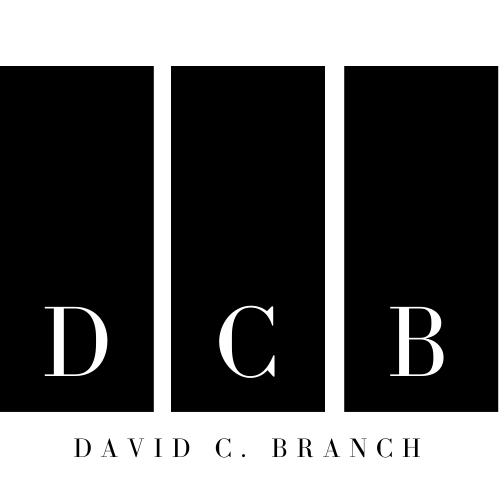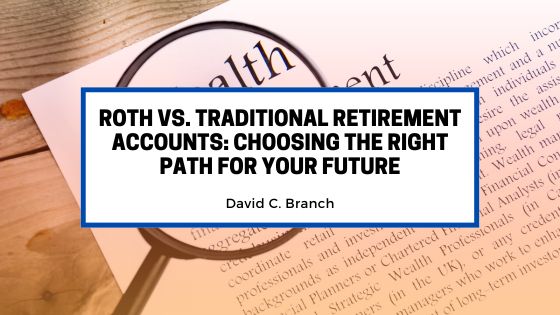Planning for retirement involves more than just deciding how much to save. One of the most important choices you will face is whether to contribute to a Roth or a Traditional retirement account. Both options can help you build a strong financial future, but the differences in how they are taxed and when you pay those taxes can significantly impact your long-term wealth. Understanding these distinctions is key to choosing the right path for your situation.
How Traditional Retirement Accounts Work
Traditional retirement accounts, such as a Traditional IRA or a 401(k), allow you to contribute pre-tax dollars. This means your contributions may reduce your taxable income in the year you make them. The money then grows tax-deferred until you withdraw it in retirement, at which point withdrawals are taxed as ordinary income.
The primary advantage of Traditional accounts is the upfront tax deduction, which can be particularly beneficial if you are currently in a high tax bracket. However, this also means you will owe taxes later, when you begin taking distributions. For many, this trade-off makes sense if they expect to be in a lower tax bracket during retirement.
How Roth Retirement Accounts Work
Roth accounts, such as a Roth IRA or Roth 401(k), work differently. Contributions are made with after-tax dollars, so you do not get an immediate tax break. The key benefit comes later: all qualified withdrawals, including earnings, are tax-free. This can be incredibly powerful for long-term savers, especially those who expect their income and tax rates to rise in the future.
Additionally, Roth IRAs do not require mandatory distributions during the account holder’s lifetime, allowing your money to grow tax-free for as long as you choose. This flexibility can be a valuable estate planning tool, as assets can be passed on to heirs with favorable tax treatment.
Which Account is Right for You?
The decision between a Roth and a Traditional account depends on several personal factors:
-
Current vs. future tax rates: If you are in a high tax bracket now but expect to be in a lower bracket in retirement, a Traditional account may save you money overall. If you are in a lower bracket now and expect higher taxes later, a Roth may be more advantageous.
-
Time horizon: Younger investors often benefit from Roth contributions because their money has more years to grow tax-free.
-
Flexibility needs: If you value avoiding required minimum distributions (RMDs) in retirement, a Roth account provides greater flexibility.
-
Estate planning goals: A Roth can offer more tax-efficient options for leaving money to heirs.
The Best of Both Worlds
For many savers, the ideal strategy is not choosing one over the other, but instead using both. Contributing to both Roth and Traditional accounts provides tax diversification, giving you more control over your taxable income in retirement. This flexibility allows you to adapt to changing tax laws and personal circumstances.
Conclusion
Both Roth and Traditional retirement accounts offer powerful tools to grow your wealth, but the right choice depends on your current income, expected future tax rates, and long-term goals. By understanding how each account works, you can create a strategy that maximizes your retirement savings and ensures a more secure financial future.

